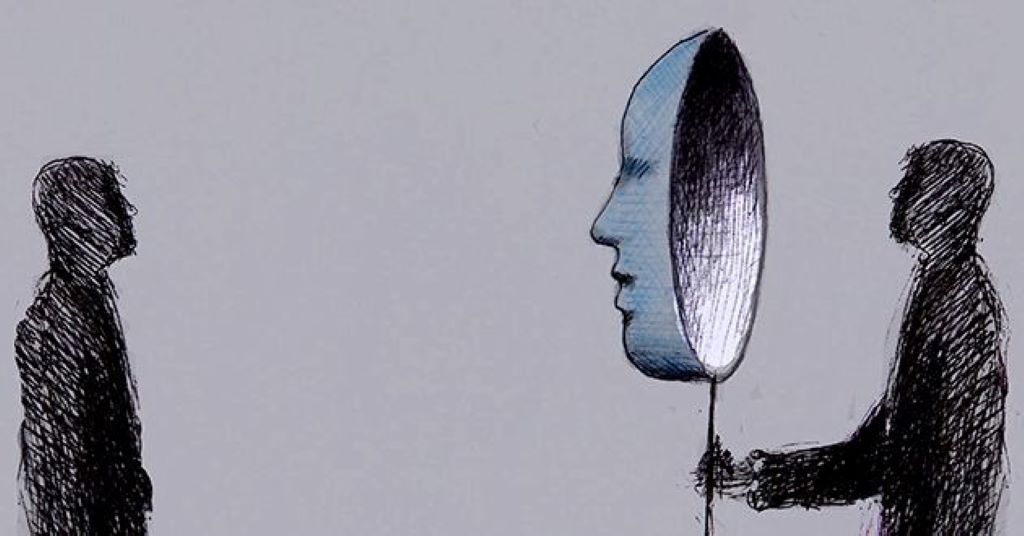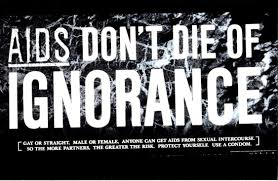In today’s digital age, social media platforms have become a stage where people craft their online identities. While many share authentic glimpses of their lives, others create fake personas—carefully curated facades that hide their true selves. This phenomenon, driven by complex psychological motives, has sparked curiosity about why individuals choose to present a false version of themselves online. Understanding the psychology behind fake persona creation offers insight into human behavior and the allure of digital anonymity. Websites like Myself Improvement Today explore these behavioral patterns, shedding light on how social platforms shape self-expression.
Why People Create Fake Personas
The creation of fake personas often stems from a desire to control how others perceive us. Social platforms amplify this urge, offering tools to edit photos, curate posts, and shape narratives. For some, a fake persona is a shield against judgment or rejection. Others use it to experiment with identities they cannot embody in real life. Psychological factors like low self-esteem, social anxiety, or a need for validation often drive this behavior. Additionally, the anonymity of the internet allows individuals to explore alternate personas without immediate consequences, making it an appealing outlet for self-expression.
The types of behaviors associated with fake persona creation vary widely, from harmless role-playing to malicious deception. Understanding these behaviors helps explain the motivations behind crafting a false identity. For instance, some individuals adopt fake personas to gain social status, while others do so to manipulate or deceive. This spectrum of intentions highlights the complexity of human psychology in digital spaces.
Common Motivations Behind Fake Personas
Several psychological factors fuel the creation of fake personas. These motivations often reflect deeper emotional or social needs that individuals seek to fulfill online.
Seeking Validation and Attention
Many people create fake personas to gain likes, followers, or admiration. By presenting an idealized version of themselves—often with exaggerated wealth, beauty, or success—they attract attention that boosts their self-esteem. This behavior ties to the human need for social approval, amplified by the instant feedback of social media metrics.
Escaping Reality
For some, a fake persona offers an escape from real-world challenges. Individuals facing stress, insecurity, or dissatisfaction may craft an online identity that feels more exciting or fulfilling. This escapism allows them to temporarily shed their struggles and live out a fantasy, whether as a glamorous influencer or a confident professional.
Exploring Identity
Social platforms provide a safe space to experiment with identity. Teenagers, for example, might adopt fake personas to test different personalities or lifestyles. This exploration can be a healthy part of self-discovery, especially for those navigating their sense of self. However, it can also lead to confusion or detachment from one’s authentic identity over time.
Deception for Gain
Not all fake personas are harmless. Some individuals create false identities for malicious purposes, such as catfishing or scamming. These behaviors exploit trust, often causing emotional or financial harm. A BBC article highlights how catfishing scams have risen, with perpetrators using fake profiles to manipulate victims.
Psychological Mechanisms at Play
The psychology of fake persona creation involves several cognitive and emotional processes. These mechanisms explain why individuals feel compelled to craft alternate identities and how social platforms enable this behavior.
Cognitive Dissonance
When someone’s real-life identity clashes with their desired image, they may experience cognitive dissonance—a state of mental discomfort. Creating a fake persona resolves this tension by aligning their online presence with their aspirations. For example, someone who feels unattractive might post edited photos to project confidence, reducing the gap between their self-perception and public image.
Social Comparison Theory
Social media thrives on comparison, and many users measure their worth against others’ curated lives. This pressure can push individuals to create fake personas that appear more successful or attractive. By doing so, they compete in the social hierarchy of likes and followers, seeking to elevate their status in the eyes of others.
Anonymity and Disinhibition
The internet’s anonymity reduces accountability, allowing users to act in ways they wouldn’t offline. This disinhibition effect, as described in a Psychology Today article, encourages bolder or riskier behaviors, such as adopting a fake persona. Without fear of real-world consequences, individuals feel freer to experiment or deceive.
The Impact of Fake Personas on Mental Health
While fake personas can offer temporary relief or excitement, they often have negative effects on mental health. Maintaining a false identity requires constant effort, leading to stress or anxiety. Over time, individuals may feel disconnected from their authentic selves, struggling to reconcile their online and offline identities. This disconnect can worsen feelings of inadequacy or impostor syndrome.
Moreover, the pursuit of validation through a fake persona can become addictive. The dopamine rush from likes and comments reinforces the behavior, creating a cycle of dependency. When the validation fades, individuals may feel empty or unfulfilled, prompting them to further embellish their online image.
On the flip side, fake personas can sometimes boost confidence. For example, someone with social anxiety might use a confident online persona to practice social skills. However, relying on a false identity risks hindering genuine personal growth, as it avoids addressing underlying insecurities.
The Role of Social Platforms in Enabling Fake Personas
Social media platforms are designed to encourage self-presentation, often blurring the line between authenticity and fabrication. Features like filters, editing tools, and curated feeds make it easy to craft a polished image. Algorithms also reward engagement, incentivizing users to post exaggerated or sensational content to gain visibility.
Platform design can amplify deceptive behaviors. For instance, the ease of creating multiple accounts allows users to maintain separate personas for different audiences. While this flexibility supports creativity, it also enables malicious actions like trolling or fraud. Platforms’ emphasis on aesthetics over substance further fuels the pressure to project an idealized, often fake, identity.
How to Spot Fake Personas
Recognizing fake personas can protect users from deception and foster healthier online interactions. Common signs include inconsistent stories, overly polished profiles, or a lack of verifiable details. For example, a profile with professional photos but no personal connections might raise red flags. Trusting intuition and verifying information through reverse image searches or cross-platform checks can help identify inauthentic accounts.
Ethical Considerations
The ethics of fake persona creation depend on intent and impact. Harmless role-playing, like using a pseudonym for privacy, differs from deceptive practices like catfishing. Society must balance the freedom to explore online identities with the need to prevent harm. Platforms can help by enforcing stricter verification processes while respecting user privacy.
Conclusion
The psychology of fake persona creation on social platforms reveals the complex interplay of human needs, digital tools, and societal pressures. From seeking validation to escaping reality, the motivations behind fake personas reflect universal desires for acceptance and self-expression. However, these behaviors can harm mental health and erode trust online. By understanding the types of behaviors driving fake personas, individuals can navigate social media more consciously, fostering authenticity in a curated digital world.
Frequently Asked Questions
Why do people create fake personas on social media?
People create fake personas to seek validation, escape reality, explore identities, or deceive others for personal gain.
How can I tell if someone’s social media profile is fake?
Look for inconsistencies, overly curated content, or a lack of verifiable details. Tools like reverse image searches can help.
Are fake personas always harmful?
Not always. Some use fake personas for harmless role-playing or privacy, but malicious intent can cause emotional or financial harm.
How do social platforms contribute to fake personas?
Features like filters, editing tools, and algorithms encourage curated images, making it easier to craft and maintain fake identities.
Can creating a fake persona affect mental health?
Yes, maintaining a false identity can lead to stress, disconnection from one’s true self, or dependency on online validation.
Read More:
A few famous faces from Gloucestershire





